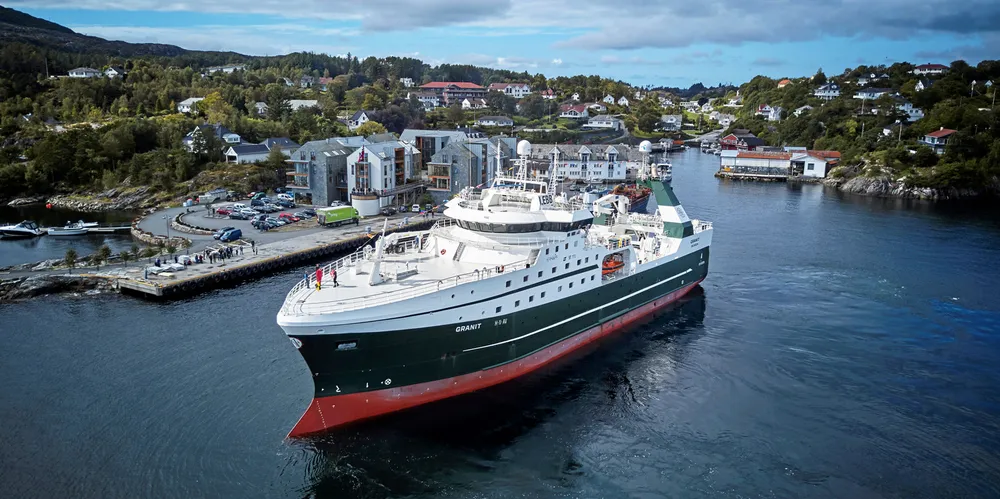'It doesn't get more radical than micro-reactors': One of the world's largest coldwater shrimp suppliers is pursuing a nuclear-powered trawler
"We are simply taking the initiative to discuss nuclear power. Radical challenges such as climate and sustainability require radical solutions."
